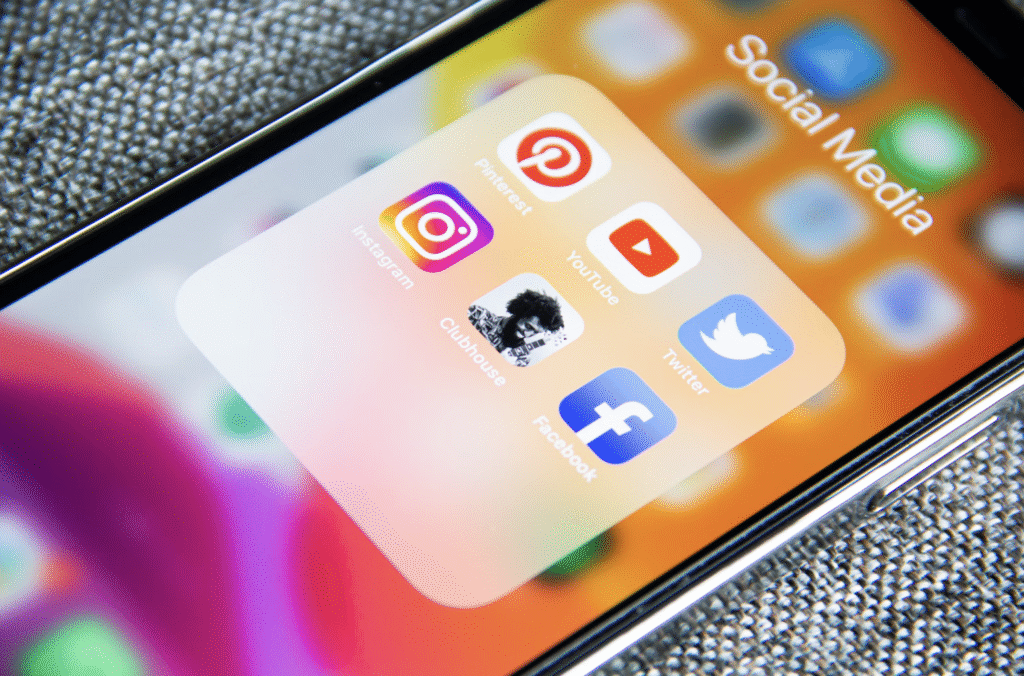You don’t have to be a social media expert to know that some posts do better than others. Some go viral, reaching millions of people, whilst others are only seen by a handful of followers. It’s not due to the content – as even strong content can get lost in a sea of other posts – it’s all about the social media algorithm. Social media algorithms determine what content gets shown to who, when and how often. For business owners, understanding how these algorithms work is key if you want your content to be seen, even shared.
How The Algorithms Work
Facebook and Instagram
Facebook and Instagram, both of which are operated by Meta, prioritise engagement and relevance. They take a variety of things into account when deciding what ranks, including relationships – for example, showcasing posts from accounts people interact with frequently – and personal interest, making sure people are seeing the type of content they might like. New posts are likely to appear in feeds, as are posts with a lot of likes, shares and comments, as this suggests the content is popular.
LinkedIn
LinkedIn’s algorithm focuses on professional relevance and quality engagement, and it prioritises content from people you know or interact with often. Posts with a lot of engagement are spotlighted, including those that get a lot of likes and comments quickly. LinkedIn posts are also ranked based on industry relevance, as people are more likely to engage with content that’s related to their careers and professional interests.
TikTok
TikTok’s algorithm is interest-based, not connection-based in the way LinkedIn is. In a way, there’s slightly more randomness to it. The TikTok algorithm takes watch time – the longer people watch your video, the better – likes, comments, shares and user interactions into account. It also ranks content based on the information provided for the video, such as captions, sounds and hashtags.
YouTube
YouTube’s algorithm ranks videos based on viewer behaviour and relevance. For content to rank well, it needs to have a good click-through rate – this means a high number of people clicking on the thumbnail – watch time and retention. If people start to watch, they need to continue watching, as this signals the content is informative and relevant. As is the case with other social media algorithms, likes, comments, shares and subscribers are also taken into account.
Social media algorithms can seem like a mystery, but there are ways to successfully navigate them, giving them what they’re looking for. They’re designed to reward content that is engaging, relevant and consistent, so that’s what you need to provide. When you understand how algorithms work, you can create content that boosts visibility, drives traffic and grows your brand.


